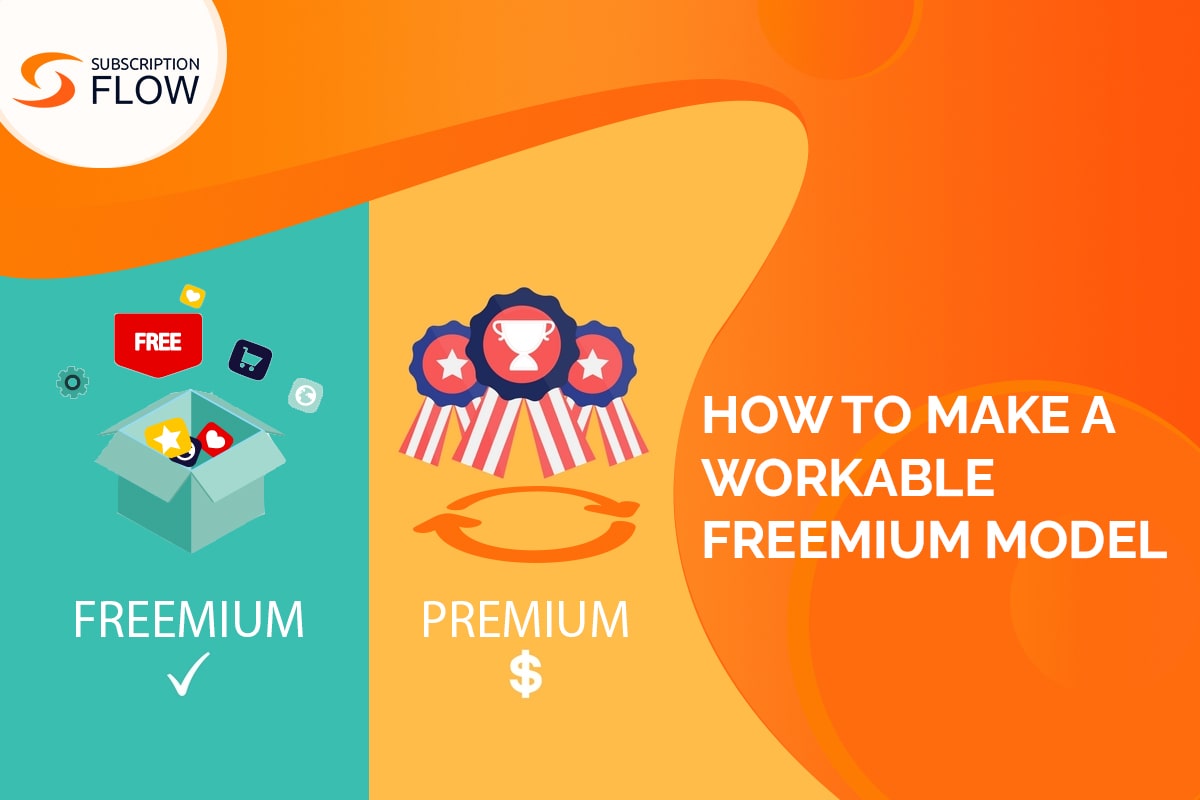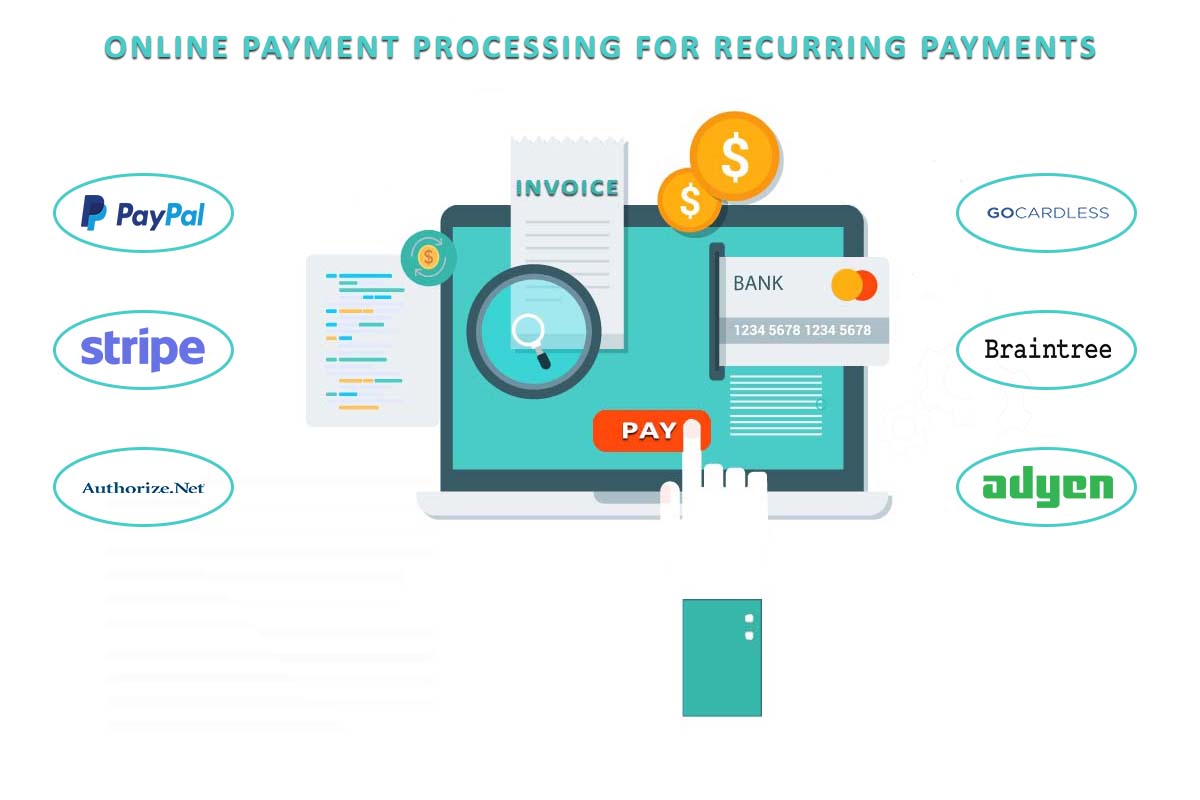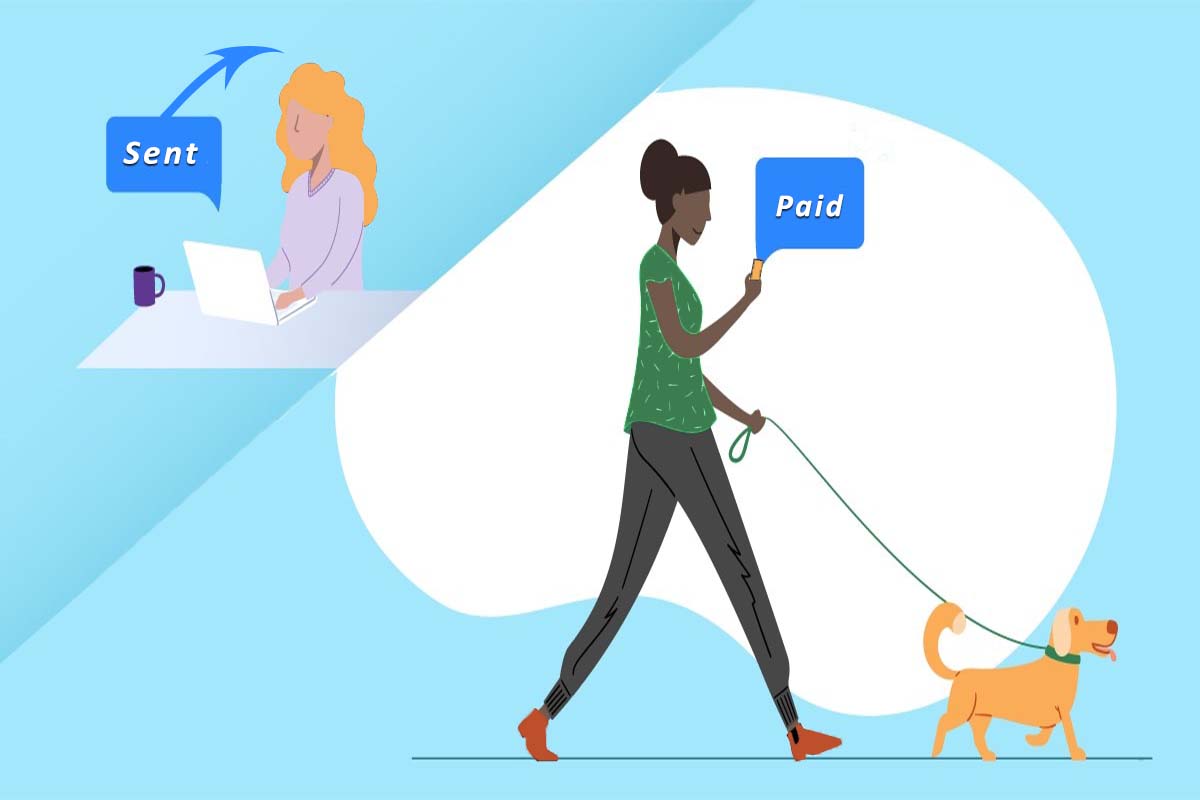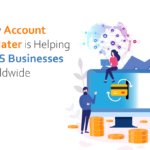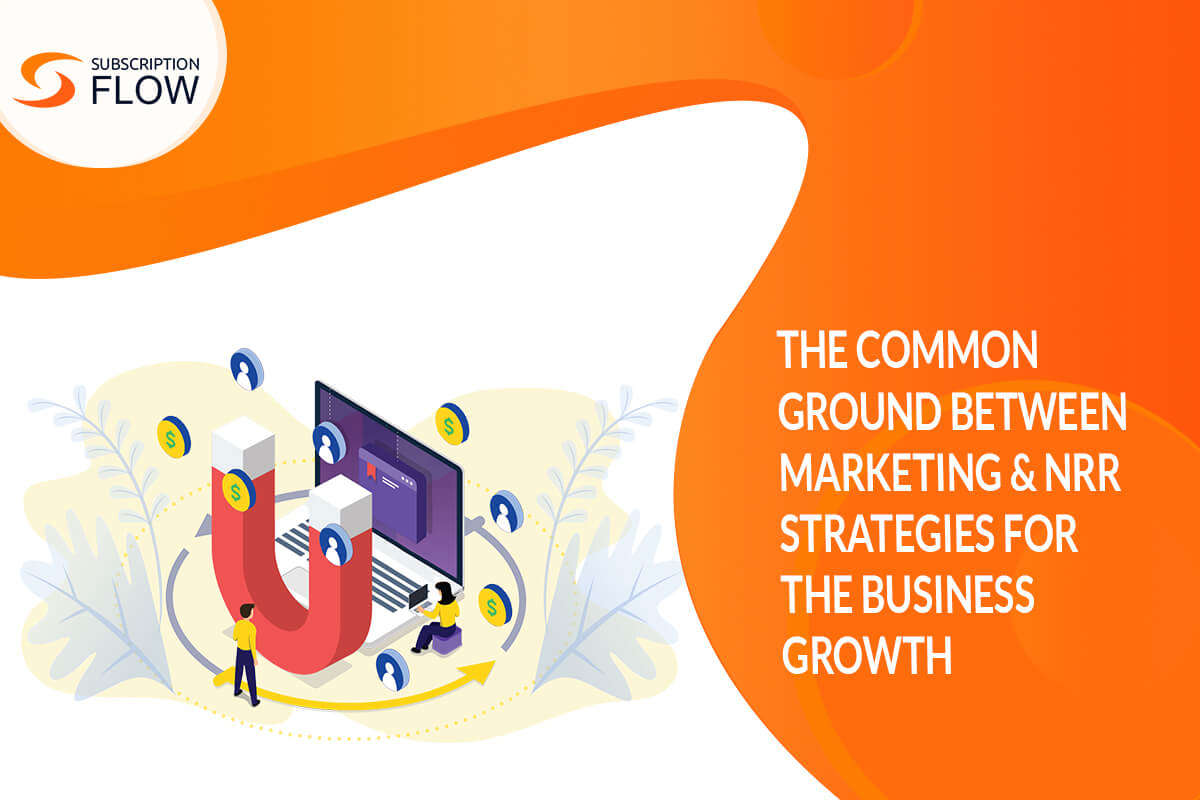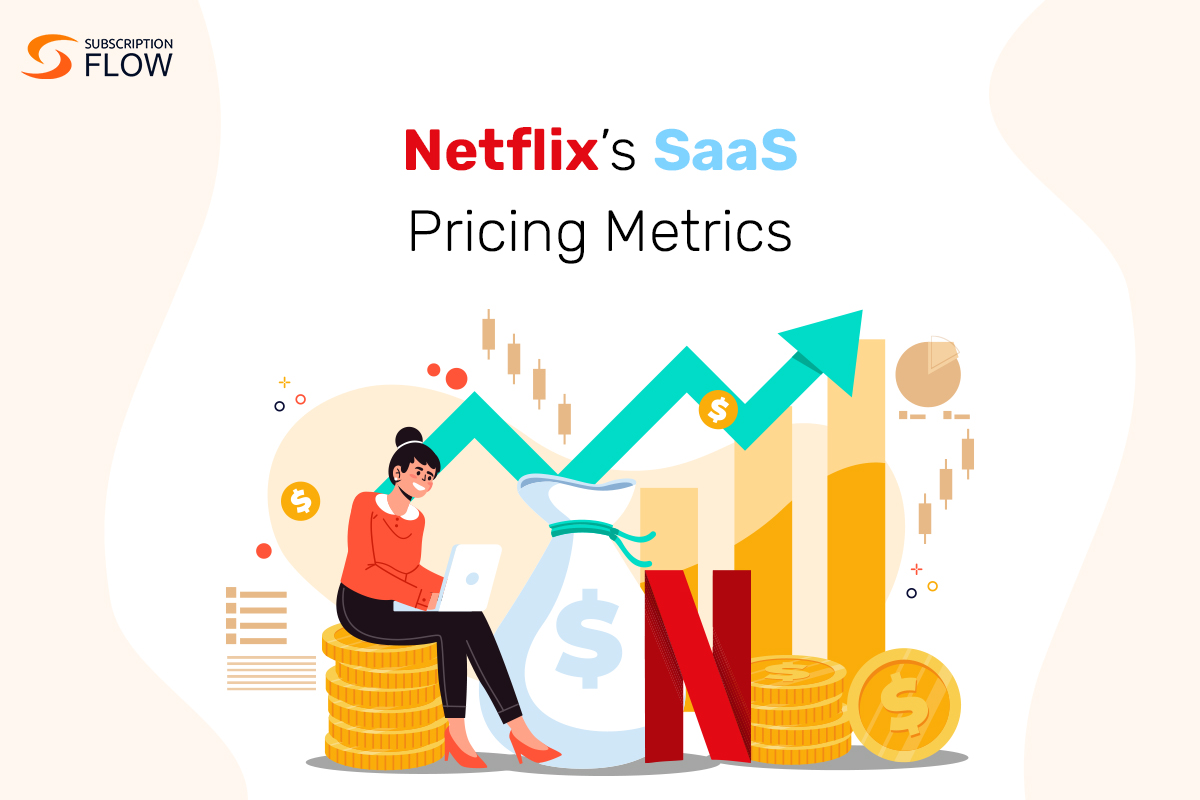
Netflix’s SaaS Pricing Metrics: Optimize Your Strategy
If there ever were a proverb to neatly encapsulate the business model of the SaaS world, then it would be slow and steady wins the race. Yes, it is true that in today’s fast-paced world, you need to make an impact on the market and you need to make it fast (or else you will bleed yourself dry trying to balance your operating costs), that said, however, it is equally true that if you wish to survive in the world of SaaS businesses in the long run, then customer retention is the name of the game for you.
Therefore, your long-term strategy should be to devise SaaS pricing metrics that will allow you to maintain a loyal customer base on whom you can rely to cough up subscription payments regularly.
In this blog, keeping the case study of Netflix as our central focus, we will be assessing the streaming giant’s SaaS pricing model over the years to gather lessons that other SaaS businesses can learn from.
Netflix’s Pricing Model as a DVD Provider—An Introduction to the Company
Netflix did not start as a SaaS company. Founded in 1997, it started as a DVD renter that was actively tailored to compete with the then reigning market leader in the DVD renting market, Blockbuster Video. Since it was a newcomer in a market that an established giant dominated, Netflix used the penetration pricing strategy to make inroads into the business. Competing with Blockbuster Video’s DVD renting fee which was $4.99 for a DVD, Netflix rented out its DVDs for less than $1. This strategy worked because soon Netflix began attracting millions of subscribers which boosted the company’s revenue stream.
Read more: The Rise of Hybrid Pricing Strategies in SaaS – Gain the Attention of Customers
Netflix’s SaaS Pricing Metrics: What SaaS Businesses Can Learn From the Streaming Giant’s Success Story
1. Free trial
Though as of 2023 Netflix does not offer its customers free trials, it still used that strategy to lure customers for many years. Free trials are a great way to introduce people to your product, especially if you feel that not many subscribers would sign up for your product on the go. In other words, if you feel potential customers need to be lured into becoming regularly paying customers, then free trials are a great way to do that.
Netflix did that by offering a 30-day free trial to whoever signed up for the service. People on these free trials were given access to Netflix’s entire suite of content just as a paying customer would. At the end of the 30 months, Netflix then gave the customers the option to continue watching the content by subscribing to the service and paying a fixed amount. Many people – especially those who probably were not very well versed in what a streaming service was – ended up utilizing this free trial, liking Netflix as a service, and then agreeing to pay the small subscription fee that Netflix charged them.
When considering Netflix’s strategy of free trials, two caveats are important to consider. Firstly, one reason why Netflix did it (and why a lot of new streaming platforms are now not doing it) is that in its initial stages as a streaming service, the streaming industry in itself was not very well known. Netflix essentially built (or at the very least became the poster child of) the streaming industry and so, in a way, it invented an audience that did not quite exist before. So, to convince people of this radically different way of accessing content, Netflix utilized free trials.
Secondly, offering free trials can also be a costly strategy which is why Netflix stopped and, most likely, new streaming services are not doing it anymore. Netflix reported losses owing to people misusing the free trial option and continuing to use Netflix for free. Robust subscription management software like SubscriptionFlow can help you set up a free trial with foolproof ways of making sure no one cheats you out of your revenue by misusing the free trial option.
2. Tiered Pricing
The current pricing strategy that Netflix uses is that of tiered pricing. Netflix offers three tiers to its subscribers:
● $6.99/month
● $15.49/month
● $19.99/month
These tiers are separated firstly on the basis of ads, with the most basic tier being the one in which consumers have to also watch 3-5 minutes of advertisement for every hour of a movie or TV show that they watch.
Tiered pricing is one of the surest ways of ensuring that you attract a wide variety of customers. Not everyone can afford to pay top dollar for a service, and for these budget-conscious customers, offering cheaper tiers may be a solid way of attracting and retaining them to your service.
Often what happens with services that do not have tiered pricing in their SaaS pricing model, customers do end up getting attracted to the service for a short time (most likely owing to the marketing push) but, as soon as the fad goes away, they end up churning away from the service. This results in massive losses for the service which, more often than not, ends up financially crippling it.
Subscription management software like SubscriptionFlow can help you understand your market and customers through its reporting and analytics feature, after which it can then assist you in providing tier options that will cater to the widest possible audience.
3. Localized Pricing
This comes as a shock to a lot of Netflix’s subscribers, and may even seem unfair to some, but Netflix offers different levels of pricing to its subscribers in different parts of the world. If you are residing in America, then you are most definitely paying a lot more to access Netflix than someone living in a less developed country like Columbia or Estonia. On the good side, however, by paying more you also get access to a better and bigger selection of content that, in a way, justifies the higher price.
This qualifies as localized pricing. Netflix has been practicing this strategy for a very long time to the point where it has even licensed different content for different regions. At the end of 2020, Netflix lost the US distribution rights to the American sitcom, Friends after reportedly paying $500 million each year to stream the sitcom to its American audiences. Even so, it continues to stream the globally popular show in various other countries where its contract still has not expired.
It is owing to both factors of how much can a country’s audience afford to pay and the quality and quantity of content that is available to them that informs Netflix’s decision to price its subscription fee accordingly in that region.
SubscriptionFlow allows you to set up localized pricing in the ways mentioned above. It also lets you integrate seamlessly with payment gateways that only operate in your region and, most interestingly, it lets you custom-set any local taxes that might only be applicable to your subscribers in a particular region. Use all these features of SubscriptionFlow to understand the regions you are catering to and implement your SaaS pricing metrics accordingly.
4. Value-Based Pricing
Netflix CEO Reed Hastings is famous for having not increased the subscription costs of Netflix in 2017 because, he publicly said during an earnings call, that a business should only charge its subscribers for what they feel is that business’ worth.
The same applies to other SaaS businesses as well who should not aim for squeezing their subscribers dry by overcharging or upselling too much to them, but instead should use their subscription management platform’s analytics tools to understand the precise rate at which their subscribers can continue to pay the subscriptions and should only charge their subscribers that amount. Doing this will ensure that these subscribers are retained over a long time and that the business scales its own operations according to the fixed revenue that it is getting.
The bottom line
One thing that becomes clear after reading this blog is that while speed is important for generating an impression, long-term success is dependent on client retention. Therefore, keeping in line with Netflix’s SaaS pricing model, it is critical to create SaaS pricing metrics that build a loyal client base.
Pricing techniques such as free trials, tiered pricing, localized pricing, and value-based pricing all contribute to Netflix’s success, as we’ve seen through the lens of its evolution. Just as Netflix has refined its business model over time, SaaS companies must constantly modify their pricing strategies to fit with consumer value and market realities. This road toward optimum pricing provides not just revenue growth but also long-term customer satisfaction increase.
Book a demo with SubscriptionFlow today to find the right pricing model for your SaaS business!


